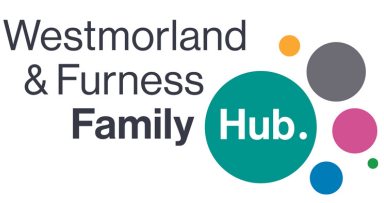Gender Identity
Gender Expression
Gender expression is how children show their gender. This might be through their name, pronouns, clothes, behaviour, hairstyle or voice.
Almost all children begin expressing their gender identity at around 2-3 years. They do this in the way they talk about themselves and through the clothes they choose. Children can be very firm about their gender from an early age. For example, toddlers often proclaim ‘I’m a boy!’ or ‘I’m a girl!’
Many gender-diverse children also express their gender identity at around 2-3 years. They can be firm about their gender too. For example, a child might get angry when people call them a boy or girl, refuse to wear particular clothes, or say that they’re a different gender.
Other gender-diverse children might start to talk about their gender identity being different when they’re at primary school. For some, this happens after puberty, and some might not know or express this until they’re well into adulthood.
It’s common for all children and teenagers to experiment with gender. For example, your daughter might refuse to wear skirts or dresses, or your son might want to play ‘mum’. For most children and teenagers, experimenting with gender expression doesn’t mean that they’re gender diverse or trans. Children and teenagers can find many ways to express assumed gender.
Gender Identity
Gender identity refers to our sense of who we are and how we see and describe ourselves. Most people identify as "male" or "female". These are sometimes called "binary" identities. But some people feel their gender identity is different from their biological sex. For example, some people may have male genitals and facial hair but do not identify as male or feel masculine. Some may have female genitals and breasts but do not identify as female or feel feminine. Some people do not define themselves as having a "binary" identity. For them, the concept of gender is not relevant to their identity. They may use different terms, such as agender, gender diverse, and gender non-conforming, to describe their identity. However, as a group, they are often called "non-binary".
Gender dysphoria and gender identity
Many people with gender dysphoria have a strong, lasting desire to live a life that "matches" or expresses their gender identity. They do this by changing the way they look and behave. Some people with gender dysphoria, but not all, may want to use hormones and sometimes surgery to express their gender identity. Gender dysphoria is not a mental illness, but some people may develop mental health problems because of gender dysphoria.
Useful websites
- The NSPCC website has a guide on gender identity.
- The NHS website has more information on Gender Dysphoria.
- Stonewall campaigns for the quality of lesbian, gay, bisexual and trans people across the UK. Further support for school, curriculum advice for teaching gender in schools.
- GIRES is a UK-wide organisation whose purpose is to improve the lives of trans and gender non-conforming people of all ages, including those who are non-binary and non-gender.
- Transgender support and development group Be North, currently offers online, one-to-one, peer, and family support with housing and healthcare.
- Pride Cumbria is a volunteer-led community organisation established in 2009 that seeks to ensure that the LGBT+ community of Cumbria a represented.
- North Cumbria LGBT office holds a weekly sexual health clinic and support for children up to the age of 19 years.
- Outreach Cumbria offers counselling, family support, and training.
- Free Deed Poll offers an online form to enable name change by deed poll for free.
Useful books
- The Transgender Child: A Handbook for Families and Professionals By Stephanie Brill and Rachel Pepper
- This comprehensive first-of-its-kind guidebook explores the unique challenges that thousands of families face when raising their children.
- Helping Your Transgender Teen: A Guide for Parents By Irwin Krieger
- If you are the parent of a transgender teen, this book will help you understand what your child is feeling and experiencing.
- The Boy Who Was Born a Girl: One Mother's Unconditional Love for Her Child By John and Luisa Edwards
- An account of a young man dealing with Gender Dysphoria and a mum's unconditional love.
- Rainbow Street Series by Nick Rolfe
